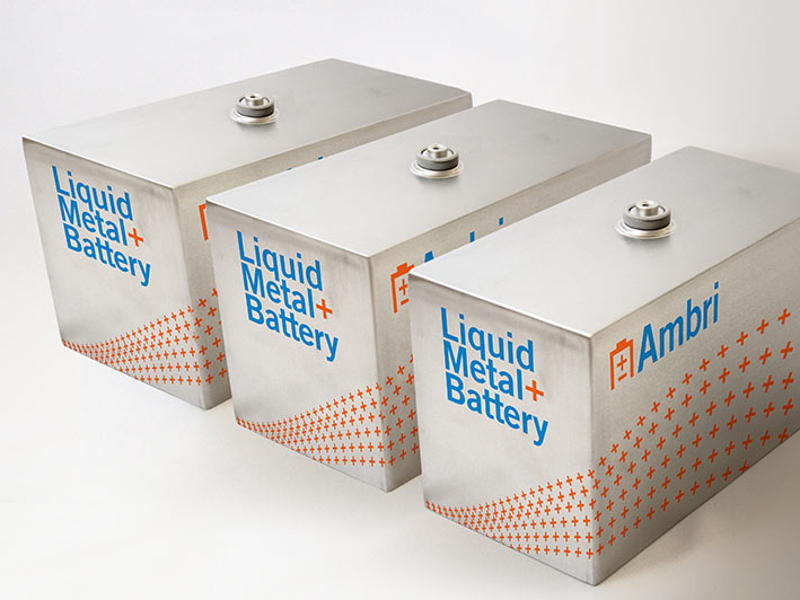Know About Battery Financing
An energy storage power station that uses batteries to store electrical energy is known as a Battery Financing power station. Battery Financing is the fastest dispatchable source of power on grids, and it’s used to stabilise grids, since battery storage can transition from standby to full power within milliseconds in case of grid failure. The battery storage power stations are generally designed to run for up to a few hours at full capacity. Storage of batteries can be used to minimize the possibility of power outages by supplying operating reserve and frequency control. They are frequently located near or next to active or disused power plants and may be connected to the same grid in order to reduce costs. Since battery storage plants don’t require fuel deliveries, are compact compared to generators, and don’t have chimneys or large cooling systems, they can be quickly installed and placed within urban areas close to consumers.
Construction
In terms of technology and function, battery finance power plants and UPSs are comparable. Batteries storage power plants are larger, however. Batteries are housed in their own structures for safety and security, like warehouses or containers. As with a UPS, electrochemical energy is stored or emitted in the form of direct current (DC), whereas electric grids are typically operated with alternating current (AC). In order to connect battery storage power plants to the high voltage network, additional inverters are necessary. Among the types of power electronics used in high-voltage direct current transmission (HVDC) are GTO thyristors. There are various types of accumulator systems depending on the power-to-energy ratio, the expected lifetime, and the cost. The first battery-storage power plants were built with lead-acid batteries in the 1980s. Nickel–cadmium and sodium–sulfur batteries were increasingly used in the following decades[7].
Complex Revenue Streams
The revenue streams for battery financing projects are more complex than traditional energy generation projects. They may include payments for availability, services, capacity, and performance, as well as more usual payments for power (including arbitrage) and avoided costs. The typical revenue stack for a grid scale battery ‘in front of the meter’ involves some combination of frequency response, capacity market payments, triad revenue, and to a lesser extent, power payments. These three revenue streams present challenges for project financing. Dynamic frequency response is usually the most valuable service, but contracts with National Grid have a maximum duration of four years (for Enhanced Frequency Response) or 24 months (for Firm Frequency Response).
The Role Of Aggregators
Interposing an aggregator into the company’s structure, which might not have a significant balance sheet, is the key challenge for project finance. It is important to carefully consider the insolvency risk, the aggregator’s technology and IP, and even its customer base (in cases where Battery Financing is aggregated with third party assets). Any agreement with an aggregator that controls the dispatch of a battery and installs equipment is subject to interface risk, and any contract with an aggregator must complement the construction and operation contracts, as well as any warranty provided by the battery manufacturer.
Co-Location Of Battery Storage
If a Battery Financing system is to be co-located on an existing renewables site, it is necessary to evaluate and consider how the proposed battery storage system interacts with the existing land rights, grid connection, subsidy and offtake arrangements. Where existing project financing is in place for the renewables site, these arrangements need to be assessed to ensure they are compatible with those existing arrangements. In particular, Ofgem will still temporarily suspend subsidies for battery storage systems while it evaluates the new metering solution (which it does currently on a case by case basis). It is encouraging news that Ofgem recently announced that it has re-accredited a solar farm co-located with a battery under the Renewables Obligation. As a result, suspension periods should be significantly shorter, but the potential for cash-flow and covenant problems under existing project battery financing remains.
